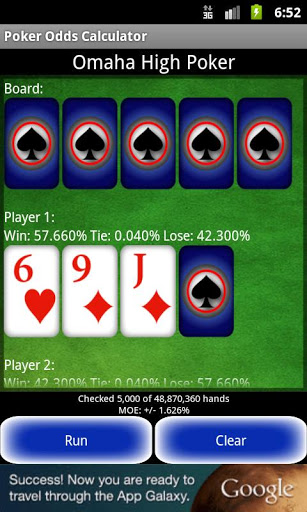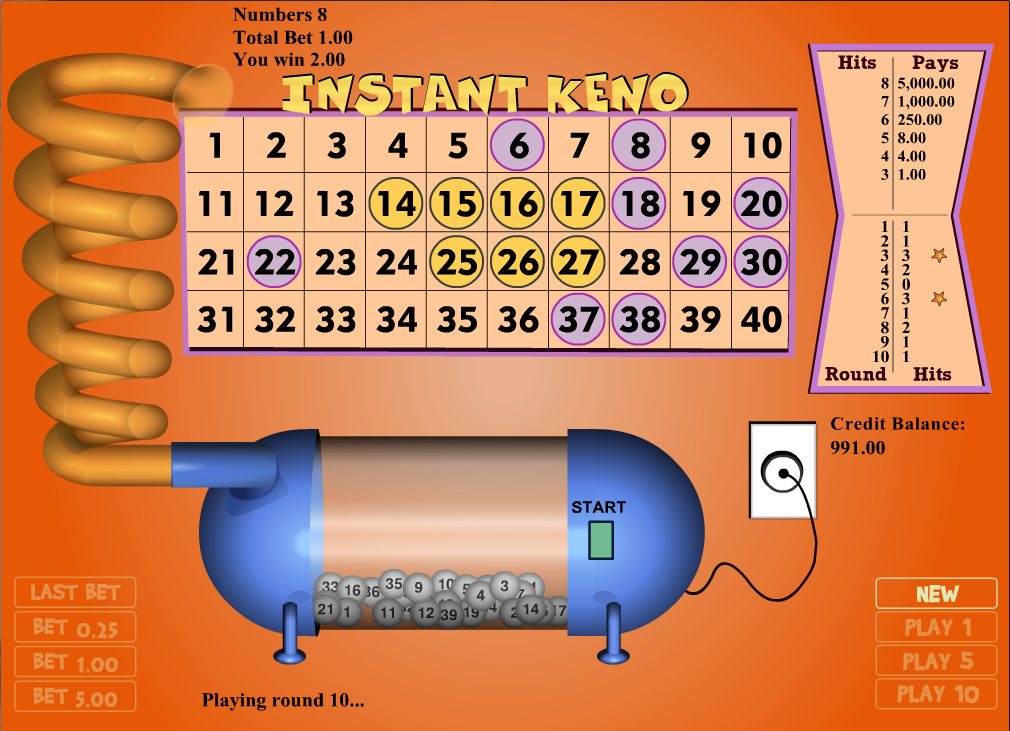250 1 Odds Calculator
A hedging calculator (also known as a lay calculator) determines how much you should back or lay when you trade or arb on a betting event, in order to leave equal profit or loss across all possible selections. You can back a bet on a classic bookmaker or an exchange, and you can lay it in an exchange.
Odds Against Calculator
Know if you have the best poker card odds, with this good free odds calculator and become a poker star. If $10 is bet at odds of 3/1, the potential profit is $30 ($10 x 3) and the total returned is $40 ($30 plus the $10 stake). Implied Probability. Odds correlate to probability. A 4/1 bet is expected to win one in every five attempts, therefore the probability is 20%. Odds Conversion Table. A parlay is a single bet that links together two or more individual wagers for a high payout. A 2 team parlay might pay 13/5, a three team parlay might pay 6/1, a four team parlay might pay 10/1, and so forth with the payouts getting higher with more teams or totals selected.
We can tell Portland has favoritism as the odds have a minus sign at the front.Any time a team has minus sign out front, the bettor knows they will be receiving less than a 2 – 1 payout figure. In fact in this case, to win $100 wagering on the Trail Blazers you would need to stake $128. These are calculated by dividing 100 by the odds plus stake, or the pay out for a one unit bet (say $1). For example, the price of a contestant is 8/10, or 4/5, or $1.80, or 1.8, or -125, depending on the bookmaker or country where these odds are displayed. 100 is divided by 1.8, giving about 55.6%.
Disclaimer: The calculators and tools on this website are intended for information purposes only. We do not take liability for any loss or damage including without limitation, indirect or consequential loss or damage, or any loss or damage whatsoever arising out of, or in connection with the use of the calculators.
When it comes to betting, there are two sides to the story:

- someone is betting on a particular outcome to happen (e.g., home team to win)
- someone is betting on that outcomes not to happen (e.g., home team to lose or draw)
The first type of betting is called back betting. You bet for an outcome to happen and you win according to the odds if it does. For example, you bet $100 that the home team will win with the odds of 2.5. If the home team does win, you get $250 ($150 profit + your initial stake of $100 back). If the home team loses or there’s a draw, you lose your stake.
But there’s always someone betting for the opposite outcome. And that part is usually taken by the bookmaker. They make a profit only when your bets lose, and their profit is equal to your stake. If your bets win, they have to pay up.
With the lay betting, you can take part too. You bet for something NOT to happen, and you win if the match, race, you name it, ends in such a way. But if it doesn’t, you’re the one who needs to pay up. For example, you make a lay bet of $100. If you win, you get $200. If you lose, the odds come back into play. You lose your stake of $100 and need to find another $150 (taking odds of 2.5) to pay up the bet.
Both back and lay betting require a lot of calculations. You can already see from the examples above. Plus, there’s usually the commission percentage involved.
For smart betting, you also need to run a couple of different scenarios before you place your bets. And to maximize profits, you may want to make both back and lay bets at the same time. That’s where a hedging calculator comes in handy.
You can use Arbusers Hedging Calculator to understand your potential wins. It’s a useful tool to combine both the back and lay bets to maximize your profits. Enter the odds, your back stake, and know how much you should lay, what’s the guaranteed return and liability in an instant.
STEP #1: Enter the Back Price* – the odds of your back bet. You will find them on the website of your preferred bookmaker.
STEP #2: Enter the Back Stake – how much you want to bet that the particular outcome will happen.
STEP #3: Enter the Lay Price – the odds of your lay bet. You will find them on the exchange or will need to decide by yourself.
When it comes to lay betting, you’re a bookmaker of sorts. That’s why you have the chance to decide on the odds. Thus, it’s essential to make this step right – your liability (how much you’d need to pay up if your bet loses) depends on it. Don’t mess up by putting the decimal point in the wrong place.
STEP #4: Select the commission for back and lay bets. Usually, it’s between 0 and 7%. You’ll find this information on the websites of your bookmaker and/or exchange.
STEP #5: Press Recalculate to see the scenarios of this bet.
250/1 Odds Calculator

Keep “Automatic recalculation” checked to instantly see the scenarios every time you change any of the fields.
*Our Hedging Calculator uses decimal odds. If you’re used to a different form of odds, you can convert them to decimal odds using our Odds Converter.
